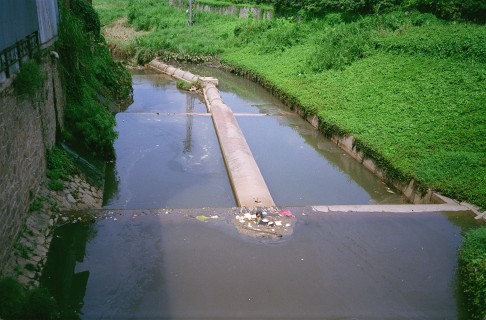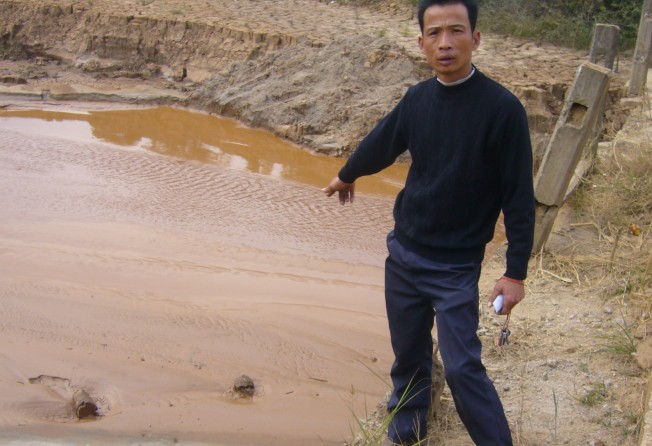
Global charity's fresh water mission starts in Hong Kong

An abundance of clean fresh water is critical for people and nature to thrive. Yet more people have cell phones than have access to safe drinking water, and the plants and animals in freshwater ecosystems are the most threatened on the planet.
So says Peter Seligmann, the head of global environmental charity Conservation International (CI), which is launching a project to help assure the quality of Hongkongers’ drinking water. The city will be a test bed for the development of CI’s Freshwater Health Index before it is rolled out worldwide.
According to the United Nations, by 2030, global demand for water will exceed supply by 40 per cent and half of the world’s people will likely face water shortages.
Hong Kong gets most of its fresh water from the Dongjiang (East River) in Guangdong. CI will focus on helping Hong Kong assess - and then secure - the quality, abundance and long-term reliability of its fresh-water supply from the river, a tributary of the Pearl River. (This is distinct from working on the quality of fresh water at the end point - what finally flows out of the tap. This may vary based on the age and quality of a particular building's pipes.)
Working at the source is critical: Hong Kong imports 70-80 per cent of its fresh water from the Dongjiang, upon which seven other major cities with growing populations and industrial users also rely. The risks of water scarcity and of pollution are rising.
At stake, Seligmann said, is “the prosperity of Hong Kong’s economy, as well as the adequacy of drinking water supply – and hence human well-being”.

As a first step, CI – which opened an office in Hong Kong this week, 13 years after it began working in China – will, in the next two years, convene academics, companies and government to develop the Freshwater Health Index,.
It sees the index as an essential tool to assess and monitor the health of the Dongjiang's freshwater ecosystems, in terms of how well they support the people and businesses who rely on that water to survive and prosper. This covers the quality and availability of water for household, industrial an agricultural use, fisheries, flood control, recreation, biodiversity, and sanitation.
The results of this monitoring will be made freely available online, including via a mobile app, and will answer key questions, such as:
What is the quality of the water I use for drinking and household needs?
How much water can the Dongjiang provide, now and into the future?
Who are the key consumers of the Dongjiang water and for what purpose?
Are the measures taken to improve and ensure the Dongjiang's health and reliability working?

The index's format follows that of CI’s Ocean Health Index, an assessment tool that scientifically measures key elements of oceanic health around the world. Set up in 2012, the index has been embraced by governments including those of China, the United States, Brazil and Colombia.
Seligmann says environmental deterioration has become a matter of “life and death” for companies, governments and communities.
CI said: “Going forward, having this objective, scientifically based, widely respected, and consistent measure and tracking tool will allow Conservation International, partners, and the public to promote and implement the conservation and sustainable management strategies needed ensure that future generations of Hongkongers have abundant and clean water.”